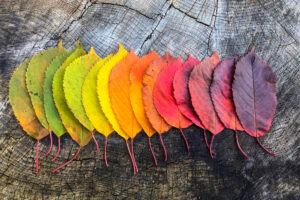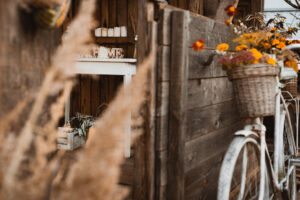Gardening enthusiasts and professional landscapers alike are familiar with the challenges of keeping mulch in place. Wind, rain, and foot traffic can disrupt the neat layer of mulch that enriches soil and beautifies landscapes. Enter mulch glue – a game-changer in garden maintenance.
What is Mulch Glue?
Mulch glue, also known as mulch binder or tackifier, is a specially formulated adhesive applied over mulch to help it stay put. It’s made from a blend of natural and synthetic ingredients, like cellulose fibers and polyvinyl acetate, that gently bind the mulch pieces together without harming plants or the environment.
The Benefits of Using Mulch Glue
- Erosion Control: For gardens on a slope, mulch glue is invaluable. It anchors the mulch, preventing it from washing away and protecting the soil from erosion.
- Aesthetic Maintenance: It maintains the pristine look of your garden by preventing the scattering of mulch, keeping everything looking orderly.
- Cost-Effectiveness: With mulch glue, the frequency of mulch replacement is reduced, saving both time and money.
- Environmental Considerations: Many mulch glues are eco-friendly, made with biodegradable ingredients that are safe for the ecosystem.
When and Where to Use Mulch Glue
Mulch glue is most effective in areas where mulch is prone to displacement – like windy spots, garden paths, or sloped terrain. The best time to apply it is during dry, calm weather to allow proper setting.
How to Apply Mulch Glue
- Prepare the area by spreading your mulch evenly.
- Mix the mulch glue concentrate with water as instructed.
- Using a garden sprayer, apply the glue evenly across the mulch surface.
- Allow sufficient drying time, usually a few hours under good weather conditions.
- Always wear gloves and protective gear during application to avoid skin irritation.
Choosing the Right Mulch Glue
When selecting a mulch glue, consider the type of mulch you’re using, the size of the area, and the environmental impact. Products vary, from organic options ideal for vegetable gardens to stronger formulations for heavy-duty applications.
Where to Buy Mulch Glue & Cost Considerations
Mulch glue is available at a variety of locations, making it accessible for both amateur gardeners and professional landscapers:
-
Garden Centers and Nurseries: These places often have knowledgeable staff who can provide advice on the best product for your needs.
-
Home Improvement Stores: Chains like Home Depot and Lowe’s offer a range of options, from eco-friendly to industrial-strength formulas.
-
Online Retailers: Websites like Amazon provide convenience and often a wider selection, including customer reviews that can help inform your decision.
-
Specialized Landscaping Suppliers: For those looking for bulk or professional-grade products, these suppliers are ideal.
As for cost, mulch glue can range from around $20 to $50 or more per gallon, depending on the brand and type. Concentrated formulas, which you mix with water, can be more economical for large areas. It’s important to calculate the coverage area based on the manufacturer’s recommendations to determine how much you’ll need, thus ensuring you get the best value for your purchase.
Maintenance and Upkeep
After application, occasional checks are needed. Look out for thinning areas or spots where the mulch has been disturbed and reapply glue as necessary. Typically, mulch glue lasts for an entire season.
Alternatives to Mulch Glue
For a more natural approach, consider heavier mulch materials like bark chips, or simply apply a thicker layer of mulch. Physical barriers like edging can also help.
Conclusion
Mulch glue is a simple yet effective solution for maintaining the health and appearance of gardens and landscapes. By ensuring that mulch stays in place, it not only saves effort and resources but also enhances the overall health of your garden.








Reader Interactions